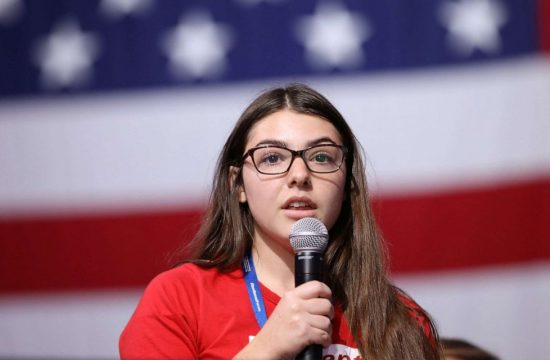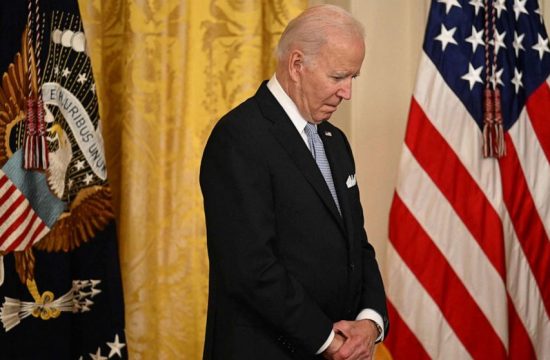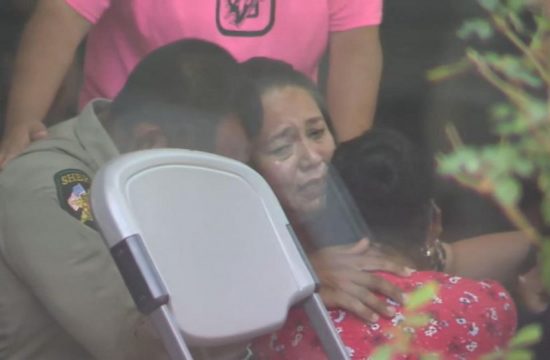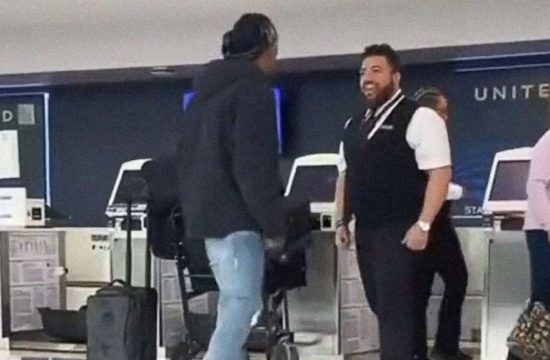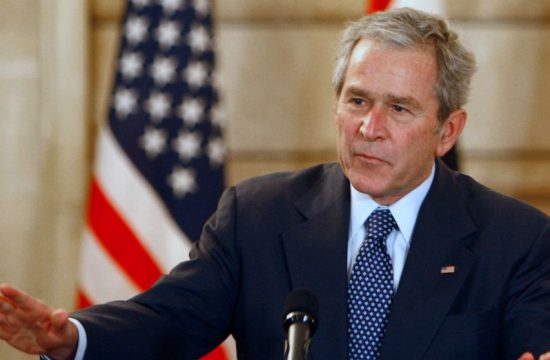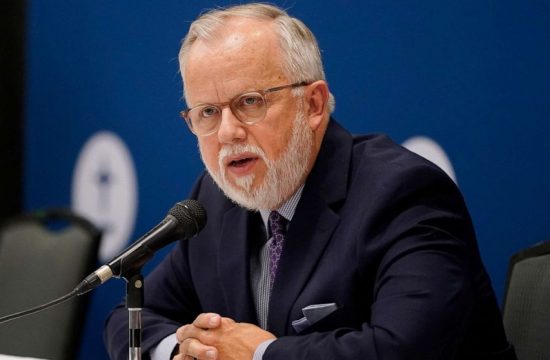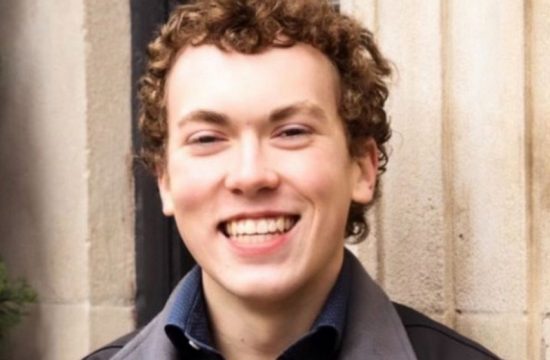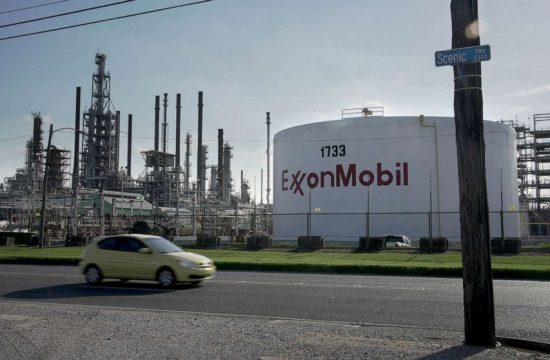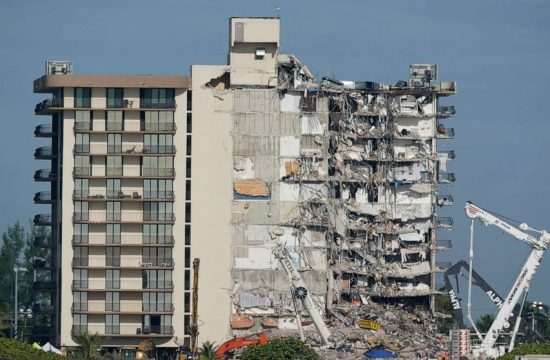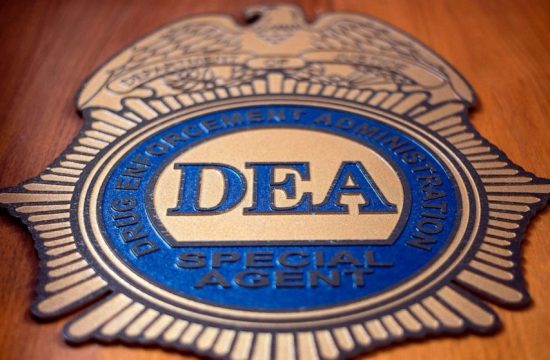As President Donald Trump teased an announcement Thursday of how some states could start to “reopen” amid the novel coronavirus pandemic, key questions remained about the health and economic risks involved, how willing Americans would be to head back to work — and how much of an impact Trump’s suggestions would have on the realities on the ground.
The president and vice president planned to hold a video teleconference call with governors on Thursday at 3 p.m., at which he planned to roll out guidelines to restart the U.S. economy, and hold a news conference later in the day to unveil them to the public.
The guidelines, like those he has issued before, will likely serve only as recommendations to governors who have been calling the shots. Despite Trump’s protestations that he’s ultimately in charge, state leaders and local officials have the actual authority to lift or revise stay-at-home orders or relax restrictions on businesses and social distancing guidelines.
But while the governors will make the calls, they and Trump face a shared dilemma: how to strike a balance between protecting public health and staving off the economy’s freefall.
Twenty-two million Americans have filed for unemployment benefits over the past month.
Tune into ABC at 1 p.m. ET and ABC News Live at 4 p.m. ET every weekday for special coverage of the novel coronavirus with the full ABC News team, including the latest news, context and analysis.
Some business leaders have made clear that they need the ability to carry out more COVID-19 testing before companies can regain some semblance of normalcy and consumers return to stores.
“Regular testing on a global scale, across all industries, would both help keep people safe and help get the economy back up and running,” Amazon chief executive Jeff Bezos, whom Trump has often targeted, wrote in a letter to shareholders Thursday. “For this to work, we as a society would need vastly more testing capacity than is currently available. If every person could be tested regularly, it would make a huge difference in how we fight this virus.”
As COVID-19 sweeps through the nation, states and communities have found themselves at different points of the outbreak; some like Washington state and New York have been hit hard and early, while others have yet to see high fatality rates.
The nation’s top infectious disease expert, Dr. Anthony Fauci, told ABC News anchor David Muir Wednesday that there would not be “a light switch that you turn on and off and say, ‘on this date, America will resume its normal activities.'”
“When I hear people and anyone talking about getting back to normal, it’s just not going to be unidimensional,” Fauci, the director of the National Institute of Allergy and Infectious Diseases, said. “It’s going to be different in different parts of the country, depending on a number of factors.”
Infections will continue, Fauci said, so in order to “reopen” parts of the country, officials need to be able to quickly identify coronavirus cases, remove them from the population, and rapidly find out with whom they had recent contact.
Some governors around the country have already begun to forge ahead in creating statewide and regional plans, working together to set the terms for an envisioned loosening of guidelines as the virus wanes.
While most governors or mayors of large cities have closed non-essential businesses and issued stay-at-home orders, some states led by Republican governors have resisted, looking for guidance from the president.
Trump repeatedly resisted telling governors he thought they should mandate shutdowns, saying he wanted to leave the decision up to them. Critics said he was pushing difficult, potentially unpopular choices onto them.
On March 16, the president announced federal guidelines for Americans to follow for 15 days in order to slow the coronavirus’s spread, including avoiding social gatherings of more than 10 people, eating at restaurants and visiting nursing homes. Later that month, he expanded the guidance and extended it through April 30.
While helpful to state and local officials — and to the average American seeking guidance on how to adjust their lives — the federal guidelines are not mandatory or enforceable, and states have largely followed their own paths.
“All of these executive orders are state executive orders, and so therefore, it would be up to the state and the governor to undo a lot of that,” New Hampshire Gov. Chris Sununu, a Republican, told CNN.
Trump on Tuesday suggested that he believed some states would be in a position to “open up” earlier than May 1.
“We think that some of the governors will be in really good shape to open up even sooner than that,” he said. “We’ll speak to them. But we’re all set and we’re counting on the governors to do a great job.”
The president noted that “others are going to have to take a longer period of time until they’re in a position to say, ‘We’re ready to go.’ And that’s okay. We understand that. Some of the governors have a very tough situation.”
ABC News’ Taylor Dunn and Jordyn Phelps contributed to this report.


